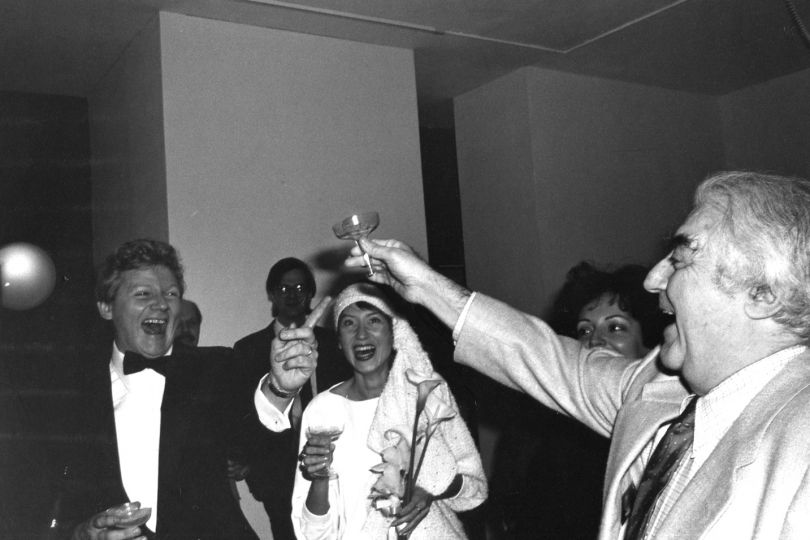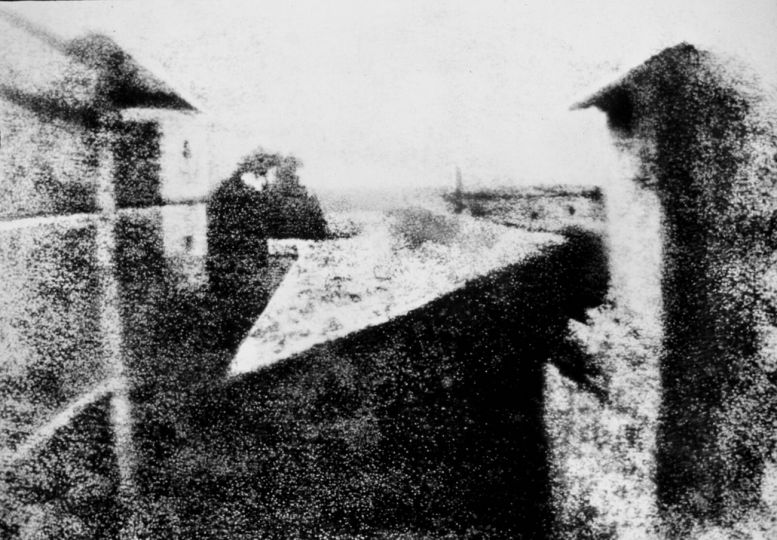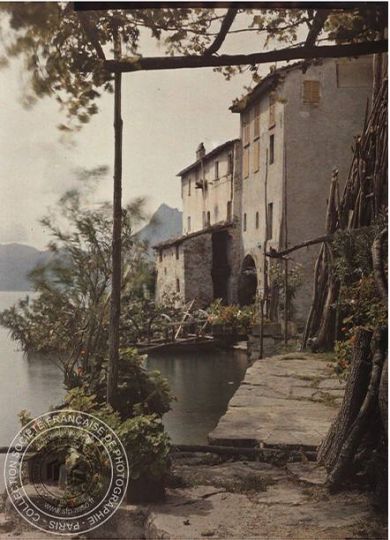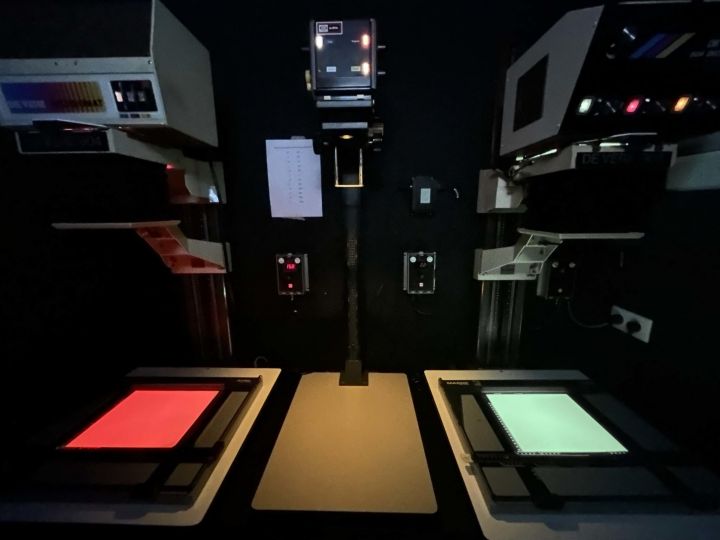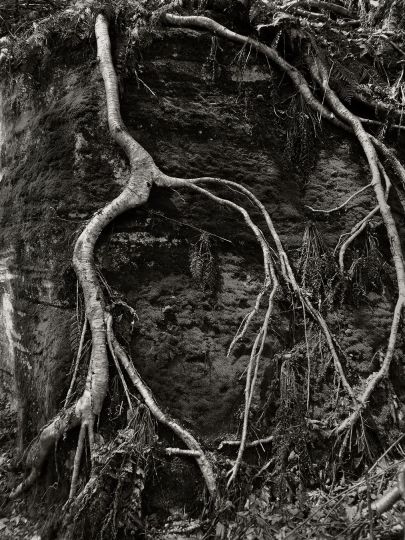Cornell was standing in the doorway of ICP pondering his next move. He needed an electrician. There was a great deal of work to be done before the building would be ready for an exhibition opening.
Steve Rooney came to New York from Madison Wisconsin. He left behind a job in a natural foods bake shop coming east with his camera in hand. He walked through the front door on 94th Street and soon met Cornell.
– I’m here to volunteer.
– What I need is an electrician.
– I am an electrician.
Steve moved into the attic.
He went from an electrical handyman to the exhibitions department, coordinating ICP’s traveling exhibits, and then to the task of overseeing Venezia ’79 under Bill Ewing. After Bhupendra’s departure Bill came to ICP from Canada where he had a photography gallery. There seemed to be quite a group of Canadians around ICP at that time. Very much so like photographer Robert Walker.
Henry Margolies, a supporter of ICP from its inception, and one of the few who actually knew Bob Capa, had a friend from Poland, Eva Pape. She was involved in bringing artists and their art from her homeland to America. Cornell told Bill that we were going to do a show on Polish photography. Polish photography? No one even knew a Polish photographer. Bill said no, he couldn’t do such a show. Cornell replied in that case he could go back to Canada. Bill did a show on Polish photography.
Much to our astonishment a Polish exhibit was put together and became one of Bill’s many successes at ICP. The exhibition traveled to Chicago, Warsaw and the Pompidou Centre in Paris. It was the time of Poland’s Solidarity Revolution with the world’s attention focused on that part of the world. Was this merely good luck on ICP’s part or was it by design? Cornell’s political instincts were good, but that good? In any event, there was incredible coverage in the media for the show. It is believed by some that the support for Solidarity was a collaboration between President Reagan and the Pope and that this fermented the collapse of the Soviet Union.
We came to know Ryszard Bobrowski, the Polish custodian of the exhibit. While in Chicago for its opening at that venue, Ryszard met the Pope and invited him to see the show; unfortunately this never happened.
Ryszard had other adventures while in New York. We didn’t have money to put him in a hotel so Cornell asked Bill if he knew someone who could offer him a room while he was with us. One of Bill’s friends had taken an apartment in the city but was going to be away for a time and willingly let Ryszard stay in his place. Turns out the building had once been an uptown east side brothel; clients were unaware arrangements had changed and continued to drop by at odd times of the night to find only a dazed Ryszard in attendance.
Ryszard had a story or two to tell about dealing with the Communists at the Polish Embassy. At one point a delegate grabbed Ryszard by the collar and told him, “If I ever meet you in Warsaw, I will kill you!”
By then Bill knew the gallery and museum scene in Warsaw and had arranged for Bob Walker to have an exhibition in Poland. Before leaving for Warsaw Bill gave him a list of contacts. The night Bob arrived he discovered he had no hotel reservation and no place to spend the night so he pulled out Bill’s list of people to call. He called Anna Swietlik. Anna spoke to her mother who said if you can do good in the world you should do it. Bob spent the night on the couch of Anna’s home. In time they married and Anna came to New York where she became a high-end dress designer. They went on to shuttle between the city, Canada, and Warsaw with Bob photographing and Anna making a success of her business. They just celebrated their 30th anniversary in Warsaw with Ryszard Bobrowski as a guest.
Anna Winand
Anna Winand was Cornell Capa assistant at The International Center of Photography in New York.

